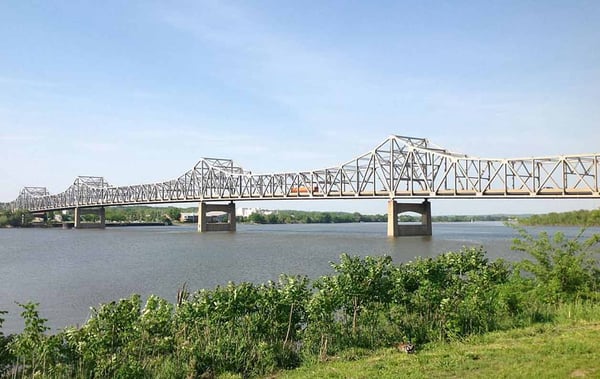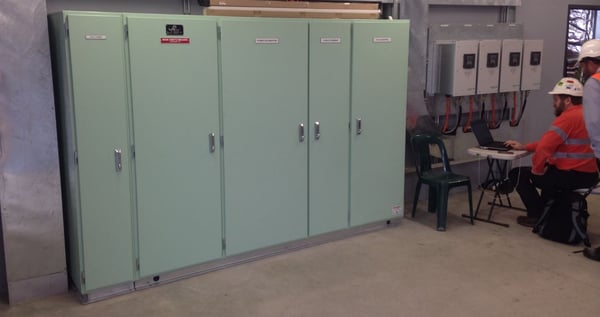SAGE's innovation has helped the Rural City of Murray Bridge achieve effective reuse of its stormwater and become less reliant on the ever-depleting River Murray.
As a result of the stormwater reuse system the council was able to save 220 megalitres of water per year.
Meanwhile the control and remote monitoring solution has allowed the council to:
- Monitor, control and allocate water for Murray Bridge
- Improve drainage performance & reduce flood risk through remote monitoring of basin levels
- Allocate water resources to improve quality of public spaces
In place for almost two years now, the scheme comprises of a water treatment plant, storage facility and the related control system with remote, real-time monitoring. The scheme saw the development of 14.5kms of pipelines and a 110 megalitre raw storage water lagoon to hold harvested stormwater.
“What the scheme enables us to do with the rainfall is to harvest somewhere in the order of 220 megalitres per year – which is more than what we actually need for our irrigation purposes – so we now also supply other irrigators in the township,” Matt said.
Extended benefits: drainage and irrigation improved

“The project had a second benefit of improved drainage performance,” Matt said. “In Murray Bridge, as you get away from the river, what once would have been an old floodplain is now a housing development and there’s trapped low points where we get water sitting.
“So the basins are designed to drain these areas and pump the water out to improve performance," he said.
"Being able to monitor the basin levels remotely enables us to see how the drainage system is performing and therefore we can see if potential flooding may be occurring.”
The Rural City of Murray Bridge now collects enough stormwater for reuse throughout the township, primarily on council-owned parks and reserves with a view to servicing other potential demand areas as needed.
“We can irrigate a lot more open space which improves the amenity of the town and that’s one of the things that the council was extremely focussed on – improving the perception of Murray Bridge and making it a nicer-looking place,” Matt said.
“Environmentally, we don’t have to take water from the river to irrigate our parks and gardens – it’s all harvested stormwater.”
This case study was originally featured in OnePercent Magazine.
Want to know how we can solve your problem? Contact us via the form below and we'll get back to you.








